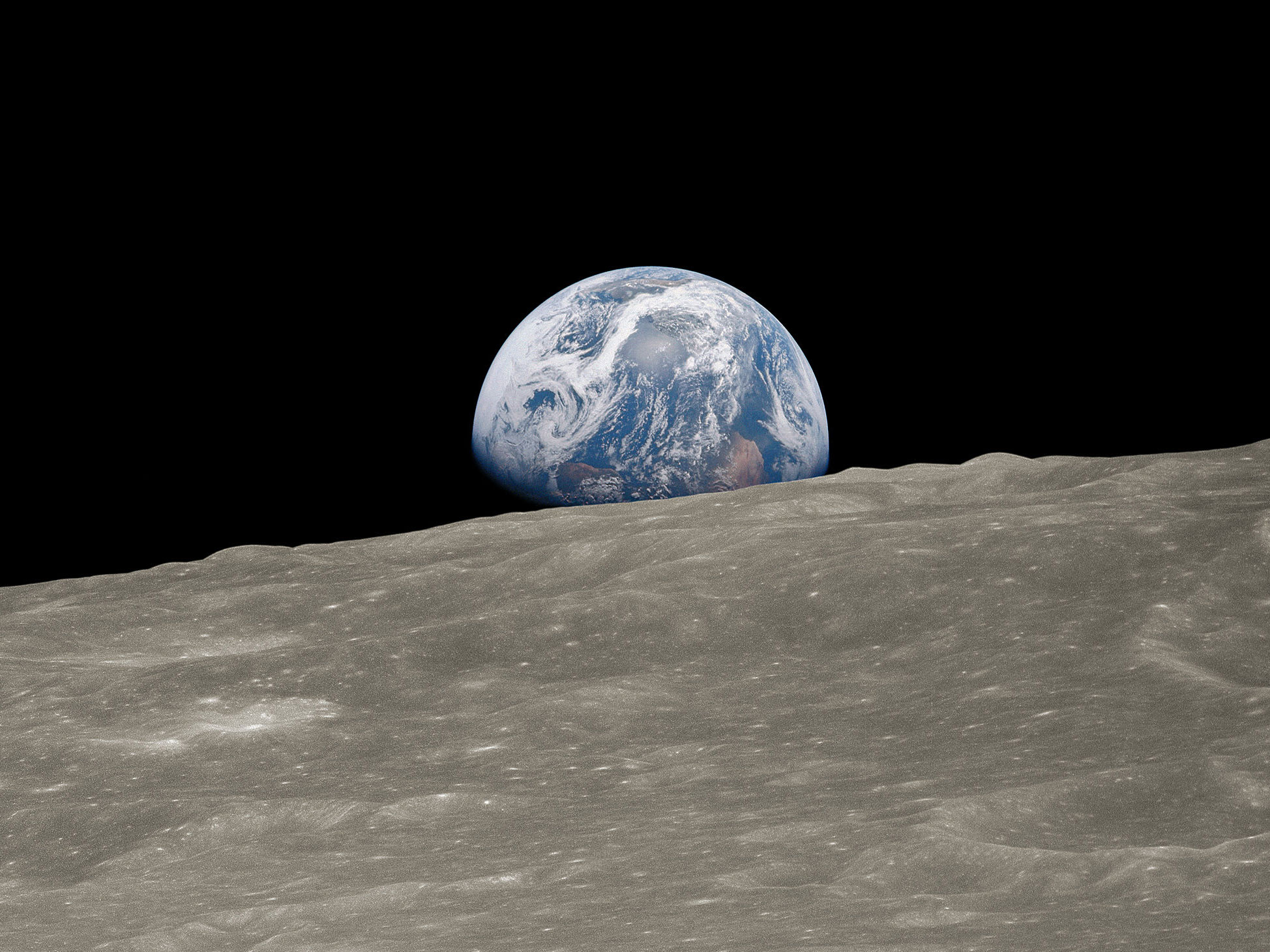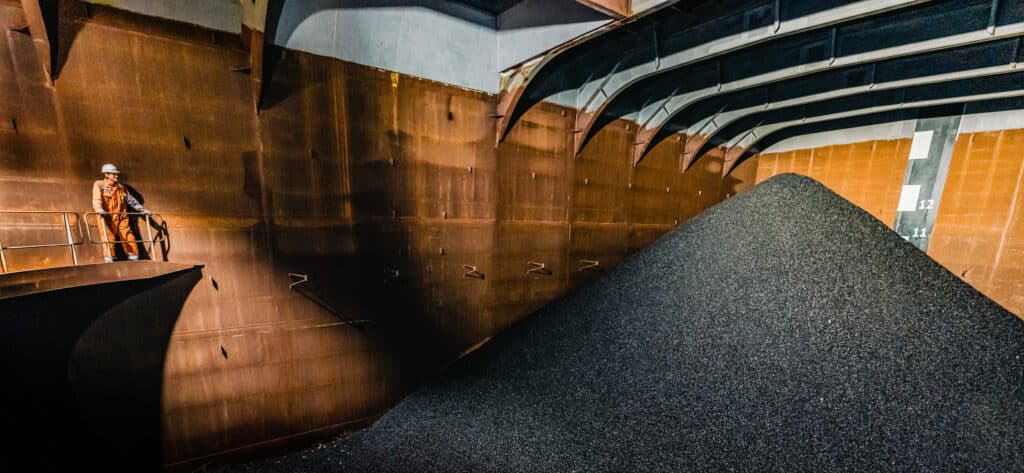We recently sat down with Rob Milbourne, The Metals Company’s Chief Legal Counsel, to talk about the United Nations Convention on the ‘Law of the Sea’ and polymetallic nodules as a common heritage resource. Robert is an international corporate attorney with 20 years of experience in the global mining and minerals, infrastructure and energy sectors, and is also an Adjunct Professor of law at the University of Queensland. He regularly speaks on global trends in mining and natural resources law and policy and is also the founder of Mining Standards International, which seeks to address transparency, accountability, law and policy in the mining sector.
Q: What is “Common Heritage of Mankind”?
A: The Common Heritage of Mankind (“Common Heritage”) is a notion that certain global commons should only be used under some form of international regime for the benefit of mankind as a whole instead of being unilaterally exploited by any nation state, their nationals or a corporation. Examples of global commons that are viewed in international law as Common Heritage today include resources of the international seabed, outer space and the Moon.
Q: What is the international regime currently in place to govern the Common Heritage resources of the seabed outside national jurisdictions?
The foundations for this regime were first defined in the United Nations Convention on the Law of the Sea (UNCLOS) that governs the high seas—essentially, areas beyond the border of any specific nation. It’s one of the most important international conventions ratified in world history and it’s often referred to as “a constitution for the oceans.” The Convention was adopted in 1982 and it was ratified by 167 member nations and the European Union.
The key objective of UNCLOS, as stated in its Preamble, is to contribute to the realisation of a just and equitable international economic order which takes into account the interests and needs of mankind as a whole and, in particular, the special interests and needs of developing countries (UNCLOS, Preamble, para. 5).
Among other things, UNCLOS defines the “Area”– a concept referring to areas outside of the exclusive economic zones of a nation. Each nation has certain sovereign rights to the ocean and marine environment within 200 nautical miles of its coastal land boundaries, and the area beyond this boundary is known as the “Area”. Much of the area of the planet in fact falls within this region.
UNCLOS explicitly designated the Area and its resources as the common heritage of mankind (Section 2, Article 136) and set the framework for the establishment of the International Seabed Authority (ISA) and how exploration and exploitation of the resources from the seabed might occur. This was followed by an Implementation Agreement that provided the foundation for the development of the ISA, which began operations in 1994. Over the last 25 years, the ISA adopted regulations to govern seabed exploration activities, granted exploration contracts, set aside nine marine protection zones (Areas of Particular Environmental Interest or APEIs), and is currently working on draft regulations to govern potential future exploitation and protection of the marine environment.
Q: How is Common Heritage principle implemented in practice?
A: Under UNCLOS, only sponsoring states may enable contractors such as The Metals Company to work toward the development of Common Heritage resources. The Metals Company partnered with the sponsoring island nations of the Republic of Nauru, the Kingdom of Tonga, and the Republic of Kiribati. Through partnerships with these nations, The Metals Company is bringing training, economic development and other long-term benefits to sponsoring state partners. In turn, these partners ensure that we remain in compliance with our obligations to the ISA and international laws.
Common Heritage is a central concept for our company and our approach because it brings a global perspective to the planet and all of humankind to steward the resources of the planet for the benefit of all. This is in contrast to the resource rights a country has within its national borders, which can be developed solely for its own purposes. At The Metals Company, we view the opportunity to explore and develop a common heritage resource as a privilege which requires that we meet the global best practices to ensure proper development and operation in a way that respects the unique nature of the deep sea environment. We believe that the exploration and development of this resource should be done in a radically transparent way and pursued only if its development is a clear net positive for our planet and its people. That’s why we are investing heavily in understanding the lifecycle impacts of this resource compared to the current default option (conventional mining on land).
The Common Heritage concept also includes the idea that our global commons should be preserved for the benefit of future generations. The good news is, metals contained in common heritage rocks are recyclable and could be used indefinitely by future generations. But to realize this future, we need to change how we view metals: we should stop treating them as consumables that we use and throw away at the end of product life and start treating them as a common heritage stock that can be rented and recycled to deliver ongoing service. As a company, we are committed to re-imagining how we can use common heritage resource to generate common heritage metal stock used to service current and future generations.
Q: What excites you the most about working with The Metals Company?
A: I am excited to be working in a period of profound global change with The Metals Company, a company involved in the efforts to develop Common Heritage assets for the benefit of all. This represents a new form of enterprise – a company with a clear focus on its role as planetary citizen with beneficiaries throughout the world, both now and into future generations. We are engaged in this significant development of international law which I believe will set the foundations for new businesses and organisations that are based around a planetary perspective. This is just the beginning and can lead toward a renaissance where nations have equal vote in how we develop the resources of this planet.
Q: How is this a special opportunity for The Metals Company?
A: For the first time in human history, we are developing a rigorous and best practice-based regulatory framework for mineral resources that will be collectively endorsed by a community of nations. The clean energy transition may take twenty to forty years, but the development of a regulatory regime to license the development of a Common Heritage asset will likely be much longer lasting. It’s exciting that The Metals Company is part of this journey – it is essentially acting as an agent on behalf of all mankind to develop these resources. The Metals Company may well also be the first company to develop resources for the benefit of all.
Q: What is unique about the regulatory regime being developed by the ISA?
A: Everything from the built and physical environment that we use in modern society originates from either agriculture or mining. Currently, we get most of the resources society needs to survive from sources that fall under the domain of individual governments that have varying regulations, which have varying levels of impacts, which can be problematic.
With the ISA establishing a regulatory framework, under guidance and consensus review by the nations of the world, the global community can ensure environmentally safe and responsible development of Common Heritage resources. I personally believe the rigorous, global consensus focus of the regulatory standards being developed by the ISA will have influence on national standards and may assist countries to benchmark their regulatory settings against a truly global best practice approach.
Q: Who decides how the revenues from resource development in the Area are allocated?
The ISA is currently developing a revenue sharing mechanism for the revenue that is expected to arise from operations involved in the development of Common Heritage resources. In principle, these funds will be shared fairly amongst all nations, and between current and future generations. These provisions are still being negotiated, but we understand payments may be designed to benefit developing nations versus developed nations and will include a fairness quotient.
Q: What is your favorite thing about working in this industry?
A: The history of land-based mining has led to many tragedies, and sadly poor leadership continues among many leading companies, exacerbating damage to communities and the environment. I strongly believe that the lowest environmental cost resources were developed long ago, forcing mining companies to go into increasingly sensitive and biodiverse regions on land.
The time is ripe for new thinking and new ways of developing the critical resources for a healthy global community to function, while minimizing the consequences to the planet as a whole. The science appears to indicate that the best future for the planet will likely include producing battery metals from seafloor polymetallic nodules.
Deep-sea minerals provide us choice and allow us to make clear comparisons of the net benefits and net harms from continuing to overexploit land-based resources, versus the net costs and benefits of developing deep-sea resources. I am very proud to be part of a leading team that is considering these tradeoffs with rigorous environmental science.
Q: How can people find out more about this topic?
A: Visit the United Nations website on UNCLOS and also the ISA website. They are great resources.





